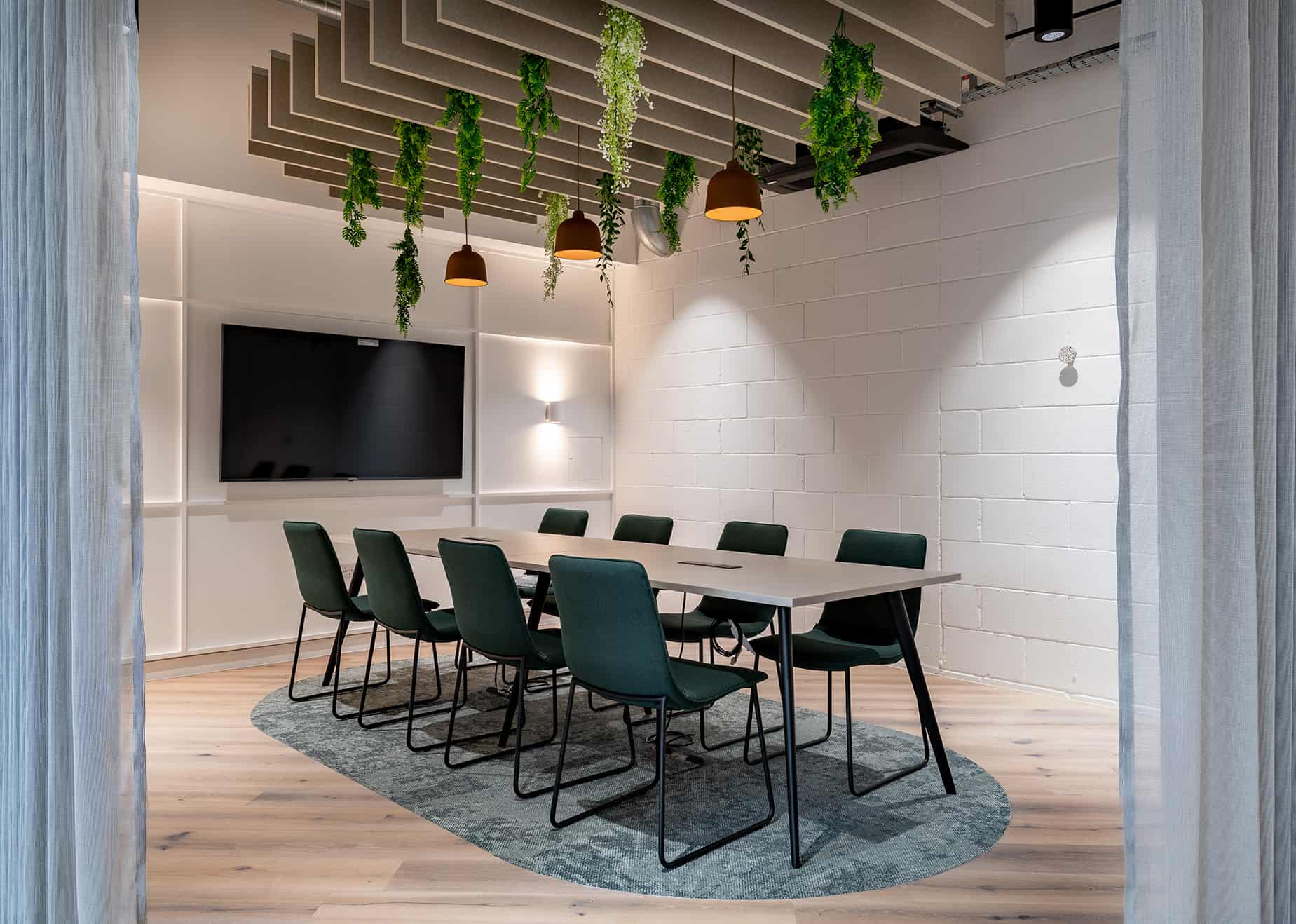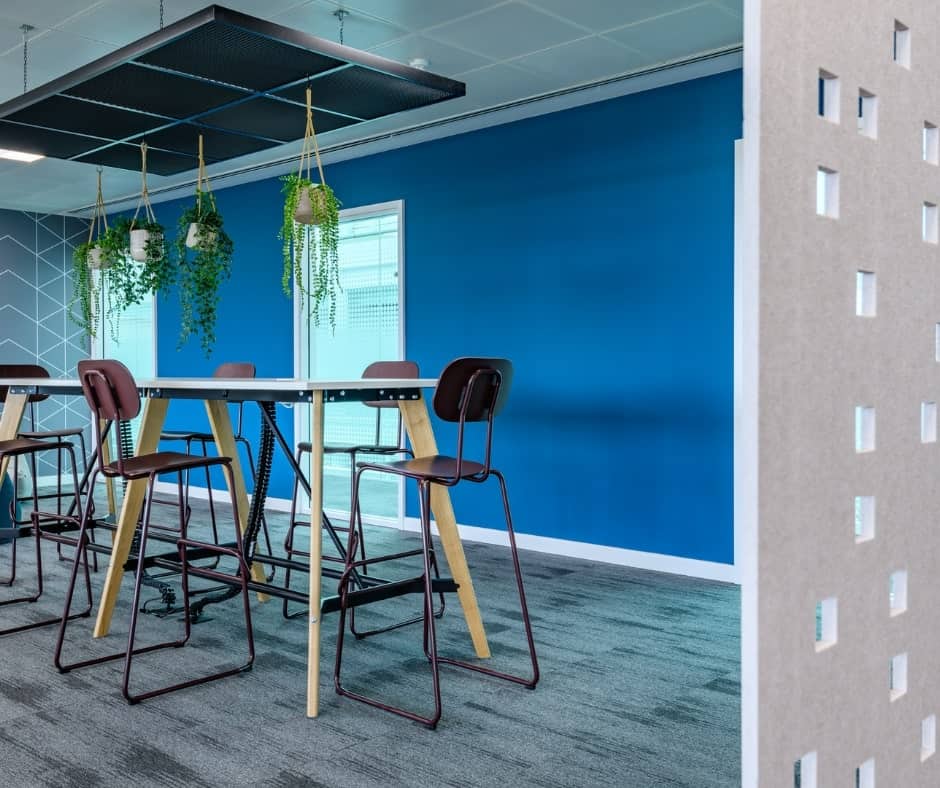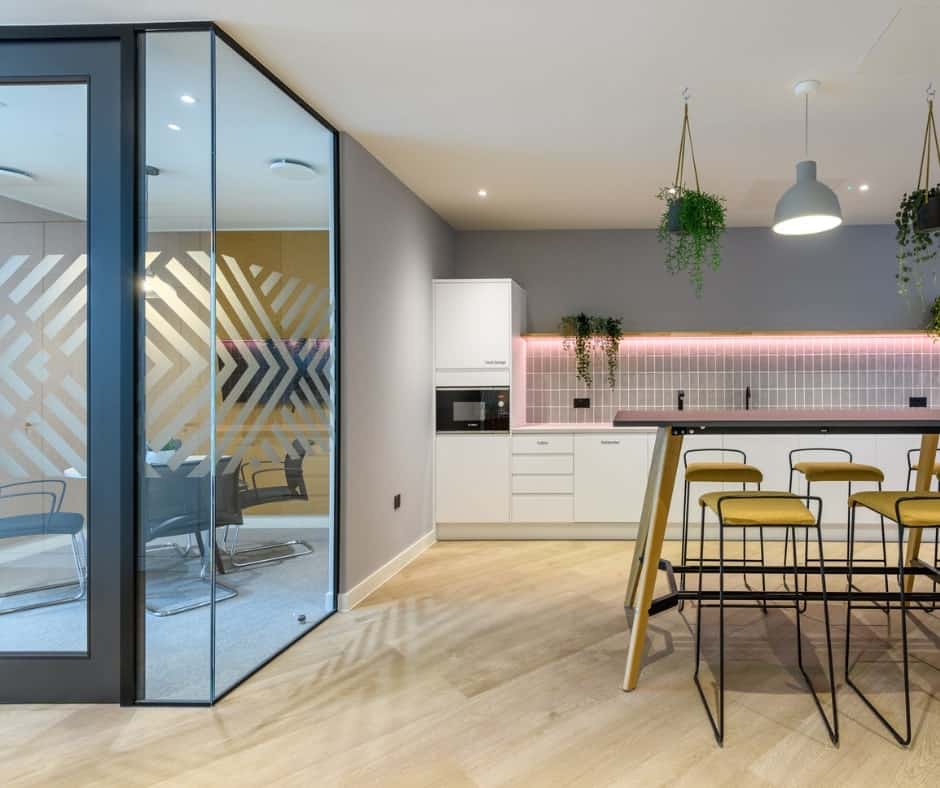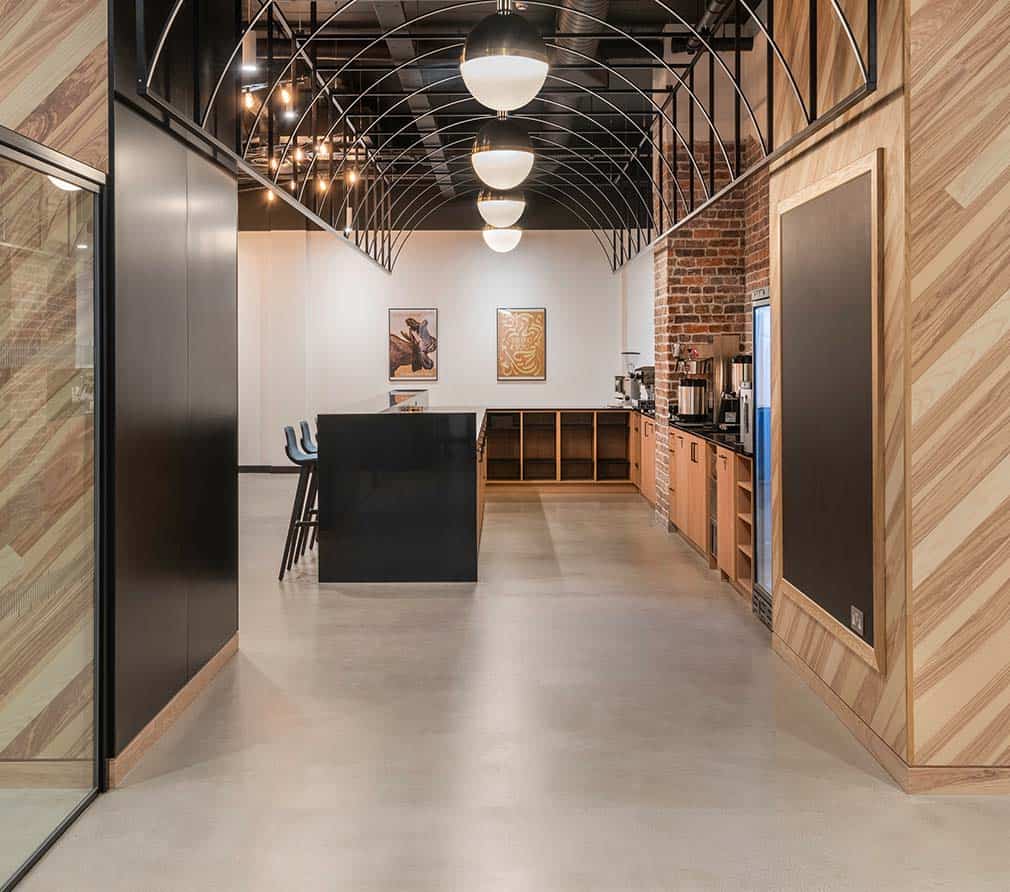There’s a growing awareness of the damage being inflicted on earth and its finite resources by human activity. Today, more people than ever understand that if we don’t work together to come up with sustainable alternatives, we run the risk of causing irreparable damage to the planet that future generations must then live with.
To reverse the harmful impact of human activity, all industries will need to explore more sustainable practices and develop greener policies and initiatives. This is an area where the construction industry in particular has made great strides forwards. From investment in renewable materials to ambitious carbon reduction targets, the sector as a whole is slowly transitioning towards greater sustainability and enhanced eco-awareness.
What is Sustainable Construction?
Sustainable construction is the name given to the adoption of a more environmentally conscious approach to construction and the built environment.
It covers a wide range of considerations across the design and construction phases and can inform decisions around material choice and construction methods.
What are the Most Important Elements of Sustainable Construction?
One of the most important elements of sustainable construction is the act of selecting the right materials. There’s an emphasis on the use of renewable materials such as wood and bamboo, along with recycled materials like steel or concrete to minimise waste and reduce dependency on finite resources.
Construction companies following a sustainable methodology with also consider energy efficiency. This could mean installing LED lighting, effective insulation, windows that minimise draft and heat loss, the use of renewable energy systems like solar panels, and the inclusion of other energy-efficient technologies.
As global warming continues to have disastrous effects on the environment, water scarcity will become more of a real issue and people will depend on their built environment to support them. Consequently, new projects being constructed with sustainability at their heart will typically look to save water. This is achieved by better plumbing, greywater recycling, and rainwater harvesting systems. These options enable the end tenant to reduce their water consumption without compromising on comfort.
Why is Sustainable Construction so Important?
Globally, the built environment generates 40% of annual CO2 emissions. This makes it a crucial industry for mitigating climate change.
By adopting sustainable construction practices, it’s possible to significantly reduce the impact building works have on the environment. Not only does it mean that the industry is doing its bit for the planet today, but it also prioritises the future well-being of occupants by creating healthier indoor environments for tomorrow.
The Challenges of Sustainable Construction
Although sustainable construction is clearly the best route forward, it isn’t without its challenges.
One of the main issues those adopting a more sustainably minded approach will encounter is higher costs. That’s because sourcing sustainable materials, implementing new technologies, and accessing the best-quality construction equipment is expensive. This can make building sustainable environments difficult for projects with limited budget.
Another key issue is the lack of awareness surrounding sustainable construction practices. Architects, engineers, and contractors all need to come together to push the idea of sustainable construction forward.








